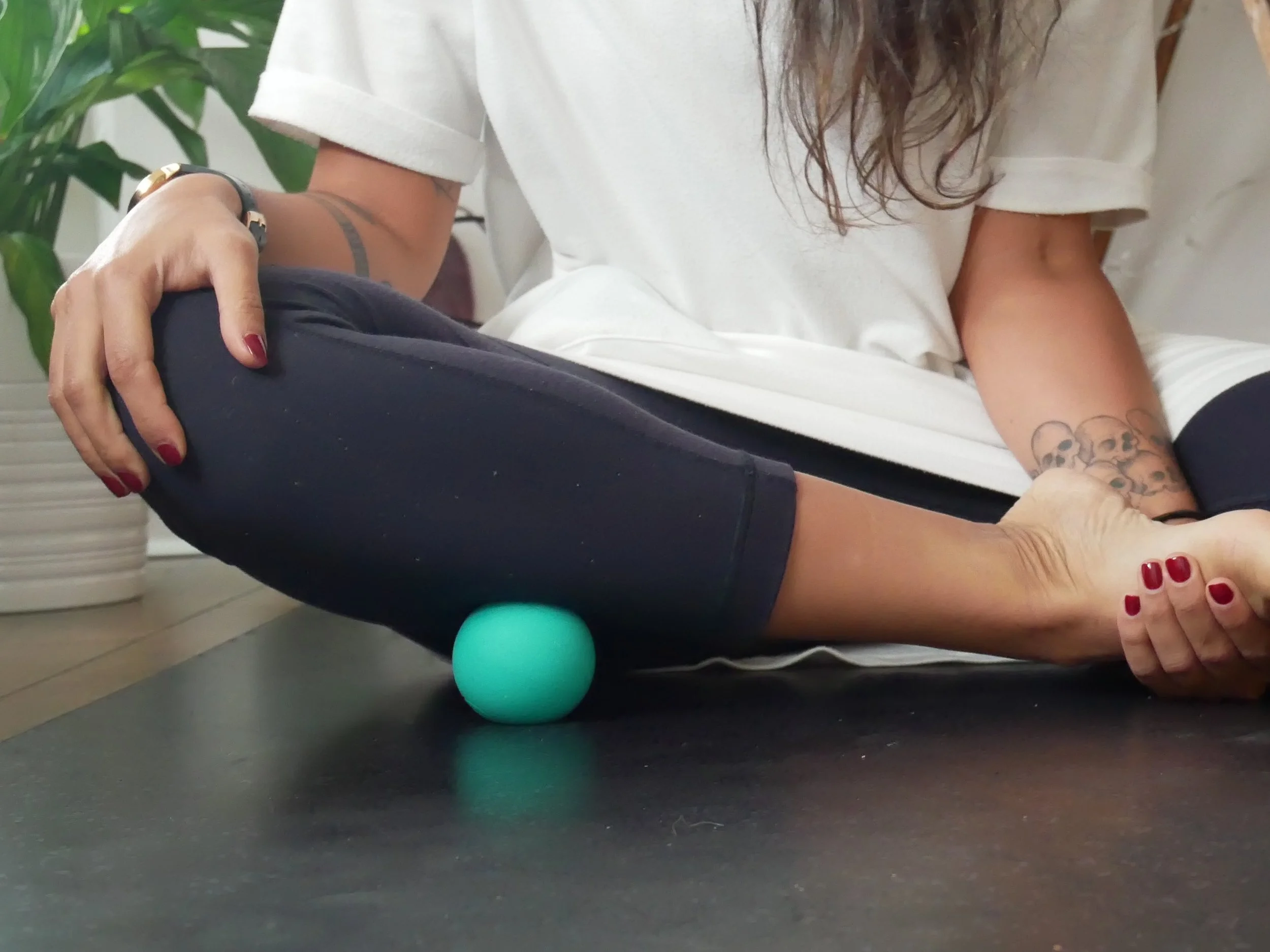Myofascial Release and Range of Motion
There are so many benefits to Myofascial release. I find the most benefit from the neuromuscular connections and regulation of my nervous system (i.e., helps me chill out. However, one of the cool effects of MFR is the range of motion gains. Now, before you get too excited, you must know that these changes (plasticity) take time and dedication. Researchers are finding out that although we might not need to spend much time on each area daily, it takes months for lasting changes. Here are some ways MFR can help your range of motion!
Release of tension: Myofascial release therapy can release tension in the fascia, improving the tissues' overall health. When the fascia is tight and restricted, it can compress the muscles and joints, preventing them from moving freely.
Increase in flexibility: Myofascial release therapy can also help to increase flexibility by stretching and lengthening the fascia, muscles, and other connective tissues.
Improved posture: Myofascial release therapy can also help improve posture by releasing tension in the fascia, muscles and other connective tissues that may contribute to poor posture.
Decrease in pain and stiffness: Myofascial release therapy can also help to decrease pain and stiffness by releasing tension in the fascia, muscles and other connective tissues that may be contributing to pain and stiffness.
Hydration: When we practice MFR, we are helping the movement of fluids (lymph, blood, water etc), move through the tissues. Dehydrated tissues are dry and stiff and aren't great at sliding and gliding. By hydrating the tissues, we allow for more freedom of movement of our muscles.
Should this spark curiousity, I just so happen to have a couple of offerings you might be interested in!
Fascia 101 - Lectures on Fascia + MFR & Yin practices
Myofascial Release Experience - a one-day, full body, feel-like-butter experience at @thekalicollective
Embodied Anatomy - 50 hour TT March 21 - June 3rd

